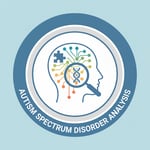Advance Your Future in STEM
- AI
- Cybersecurity
- Aerospace
- Mechanical Enginering
- Neuroscience
- Public Health
- Computer Science
- Electrical
- Biomedical
- Chemical
- Robotics
- Civil
- Environmental Science
- Pre-Med
%20(1).png?width=1150&height=1150&name=PathIvy%20Website%20Slider%20Image%201150x1150%20(3)%20(1).png)
Achievements & Recognition
in Science Fairs
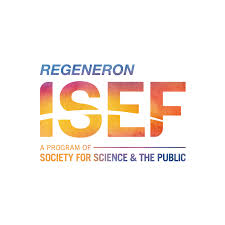
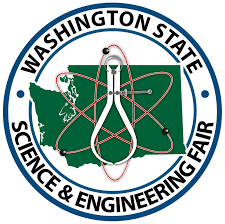
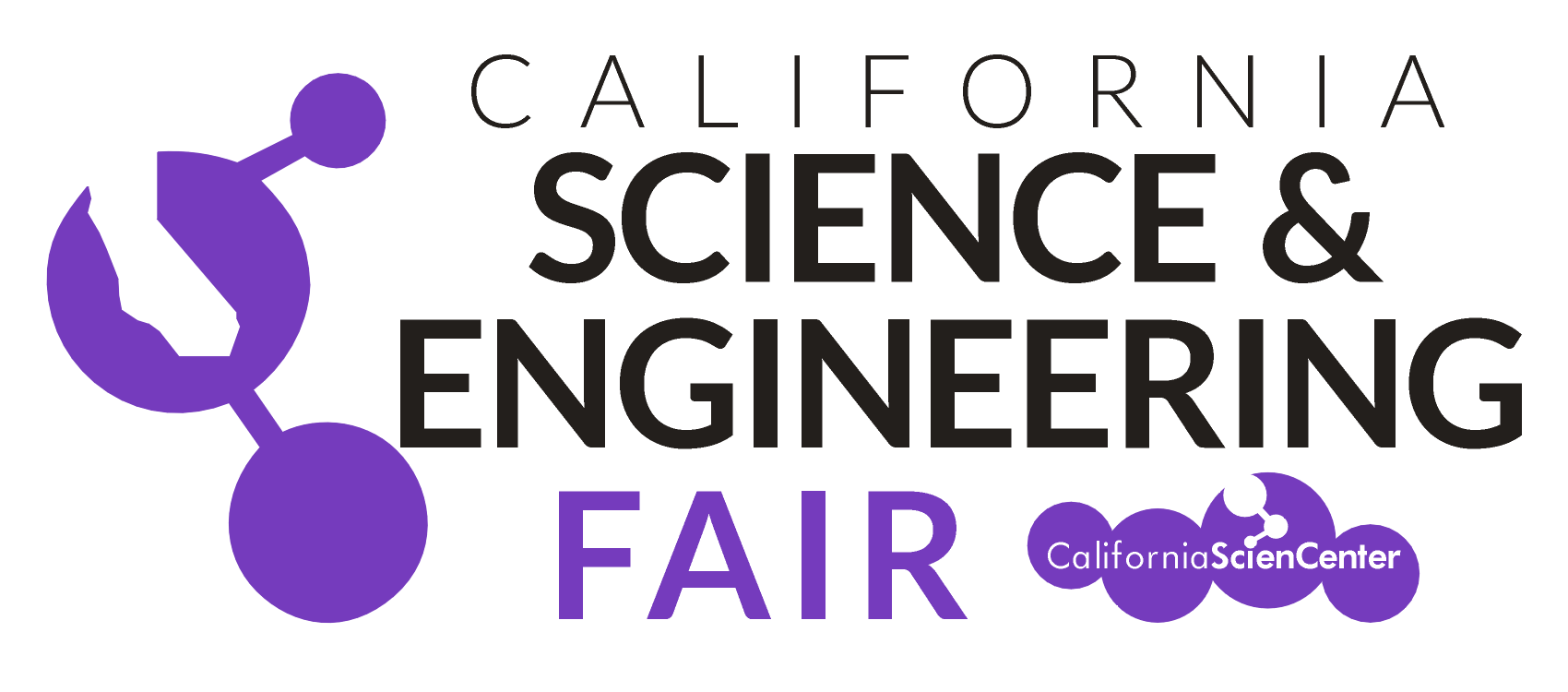
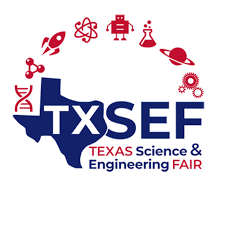




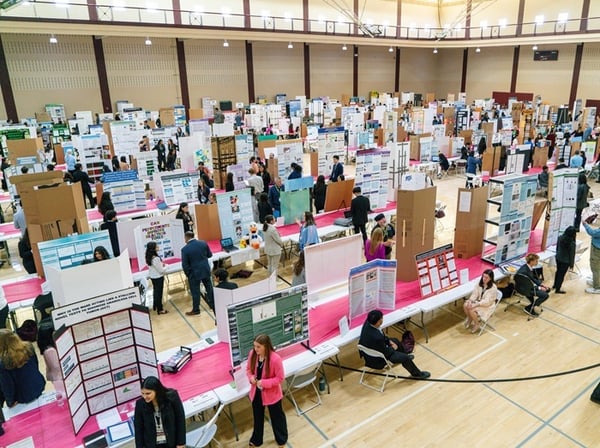
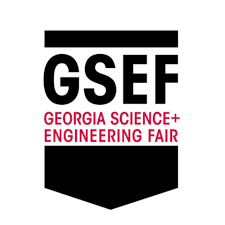
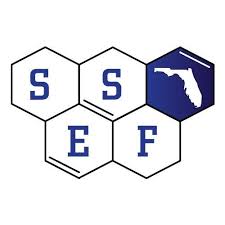
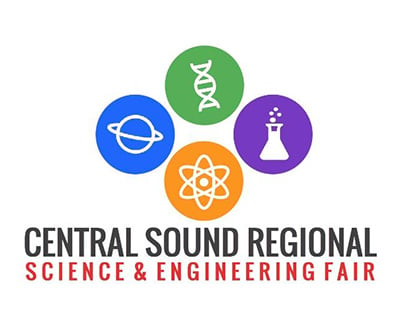
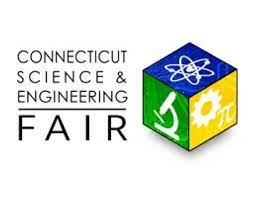

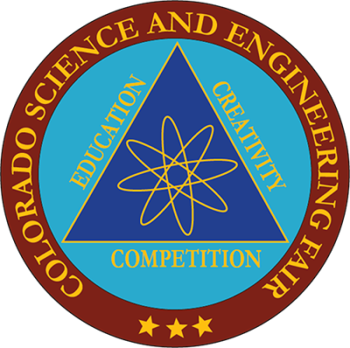
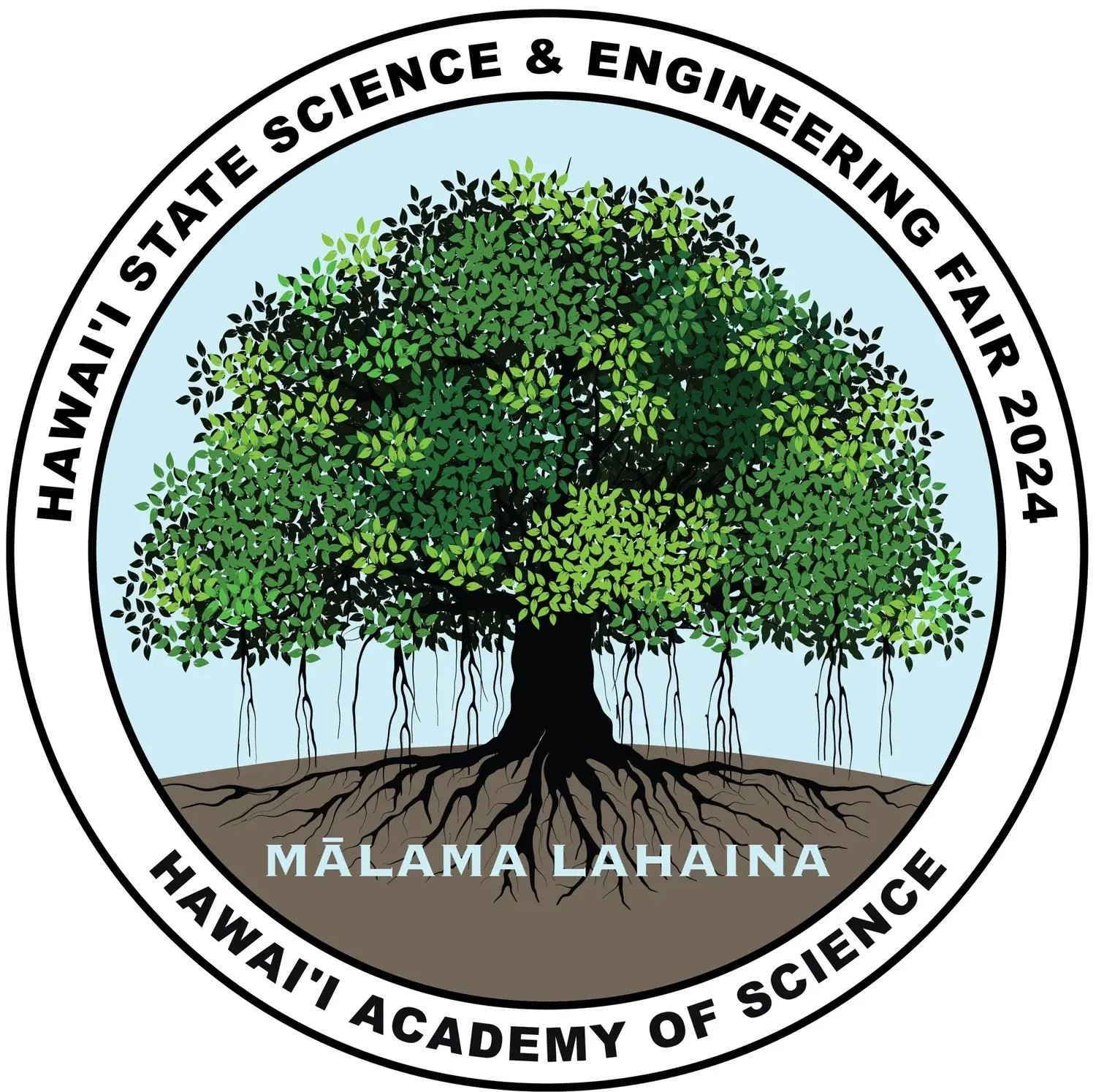
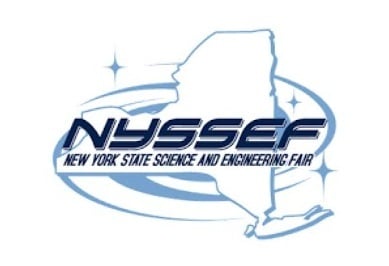








Choose the Science Fair Research Topic
We’re proud to work with students from every background - future doctors, scientists, and engineers alike. Our programs in STEM, Pre-Med, and beyond are built to support your individual goals.




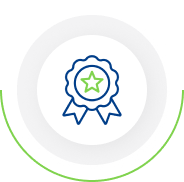



PathIvy Science Fair Competition Prep/Presentation
Showcase your best work and win awards

Step 1
Review Literature & Refine Question
a project summary

Step 2
Develop your Poster

Step 3
Write your Presentation Script

Step 4
Practice for the Judges

Step 5
Revise your Submission
PathIvy Research Program: Student Project Examples

Stephanie F.
Universities Accepted To: Duke University (ED)
Research Topic: How can government
policies and programs effectively support entrepreneurial opportunities and improve economic outcomes for women in low-income communities?
PathIvy Experience: “My experience shaped my research journey and strengthened my college applications. Highlighting my research showcased my passion and interest in economics and public service. I also relied on a recommendation letter from my mentor for my applications.”

Zach J.
Universities Accepted To: Stanford University, University of Chicago, Rice University
Research Topic: How does the advancement of artificial intelligence influence privacy laws, and how can legal frameworks be balanced with the protection of individual rights?
PathIvy Experience: “I had the unique opportunity to collaborate with a Stanford Law School student. This experience was a key factor in my acceptance to my dream schools and I valued the chance to work alongside my incredible mentor from Stanford.”

Ronit K.
Universities Accepted To: Brown University, Johns Hopkins University
Research Topic: Navigating Ethical Dilemmas in Genetic Engineering: CRISPR’s Role in Precision Medicine
PathIvy Experience: “This was a great experience for me. After being accepted to Brown, I received a handwritten letter from the admissions office expressing their admiration for my research and their excitement about my potential to impact healthcare. Thank you for helping make this dream a reality!”
Showcasing Award-Winning Student Research!
Highlighting standout projects from 2025
Cross-Cultural Emotion Recognition: AI vs. South Asian Americans
Current 12th Grade Student, Northcreek High School, Washington State
Challenge
Most AI emotion models are trained on Western faces, causing bias for non-Western users.
Project Highlights
- Collected 1,200+ South Asian facial emotion samples
across 7 categories - Trained a custom CNN model optimized for this
dataset - Improved accuracy by 15% compared to Western-
trained models
Analysis of Autism Spectrum Disorder Gut Microbiome Signatures
Current 12th Grade Student, Tesla STEM High School, Washington State
Challenge
Existing studies use limited methods, missing complex microbial patterns.
Project Highlights
- Built a multi-method pipeline for diversity and
abundance testing - Applied Random Forest ML, achieving 79.1%
accuracy distinguishing ASD vs. controls - Revealed new microbial network structures linked
to ASD
.png?width=175&height=73&name=ORIGINAL%20LOGO%20Blue%20and%20Green%20(1).png)

